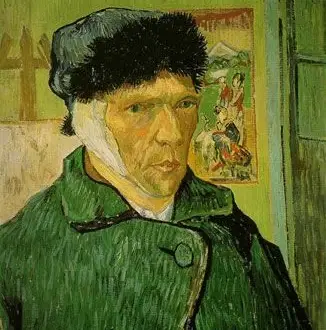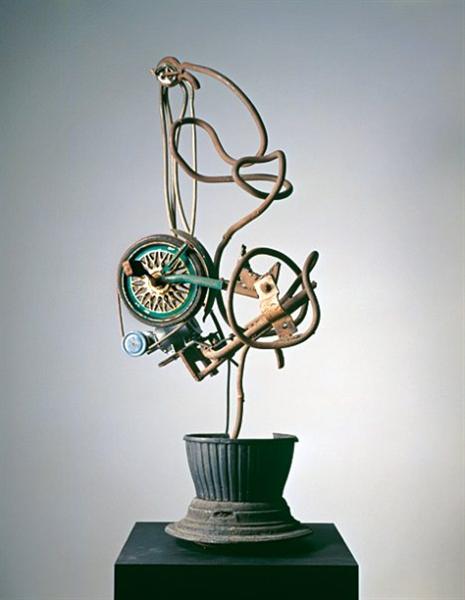Title of Artwork: “Self-Portrait with Bandaged Ear”

Artwork by Vincent van Gogh
Year Created 1889
Summary of Self-Portrait with Bandaged Ear
Painting Self Portrait with Bandaged Ear was Van Gogh’s way of dealing with the aftermath of his earlobe-cutting manic episode in Arles. For him, art was a way to find a sense of equilibrium, and he believed that painting could help him achieve this.
All About Self-Portrait with Bandaged Ear
The composition is rendered with uncharacteristic realism, where all of the artist’s facial features are clearly modelled and careful attention is paid to contrasting textures of skin, cloth, and wood. The painting shows the artist’s renewed strength and control in his art.
Artist depicts himself at an easel with a blank canvas and a Japanese print hung on the wall in front of them. Marks that are choppy and sinuous, as well as soft and diffuse, create a tension between the boundaries that are otherwise clearly marked in Van Gogh’s style.
The artist’s coat and hat have strong lines that match the Japanese print behind him. In addition, Van Gogh used the impasto technique, or the layering of wet paint, to create a richly textured surface that enhances the depth and emotional power of the canvas.
One of many self-portraits Van Gogh produced during his career, the intensity of this self-portrait is demonstrated by the artist’s frank depiction of his self-inflicted wound and the evocative rendering of the scene.
A truly unique style of expression emerged in Van Gogh’s paintings as a result of combining influences as disparate as the loose brushwork of the Impressionists with the strong outlines of Japanese woodblock printing.
Information Citations
En.wikipedia.org, https://en.wikipedia.org/.























